Optimal Timing for Foundation Repairs
Foundation repairs are most effective when performed during specific weather conditions and seasons. Proper timing can help ensure stability, reduce complications, and improve the longevity of the repair work. Understanding seasonal patterns and environmental factors is essential for scheduling repairs at the optimal time.
Spring offers moderate temperatures and soil moisture levels that facilitate effective foundation repair work. However, heavy rains can cause delays.
Summer provides longer daylight hours and stable weather, making it suitable for repairs. Extreme heat can, however, pose challenges to certain repair materials.
Fall typically features cooler temperatures and less rainfall, ideal for foundation repairs before winter.
Winter is generally less suitable due to freezing temperatures and frozen ground, which can hinder excavation and repair processes.
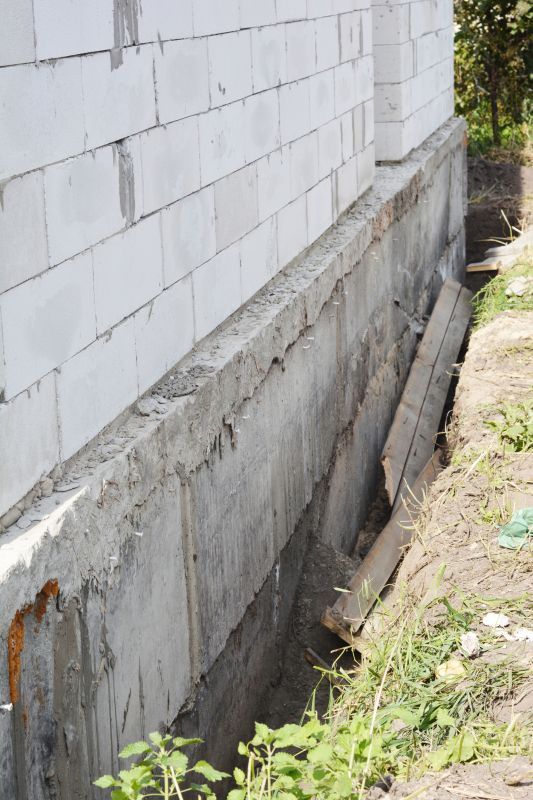
Springtime conditions support effective foundation stabilization.
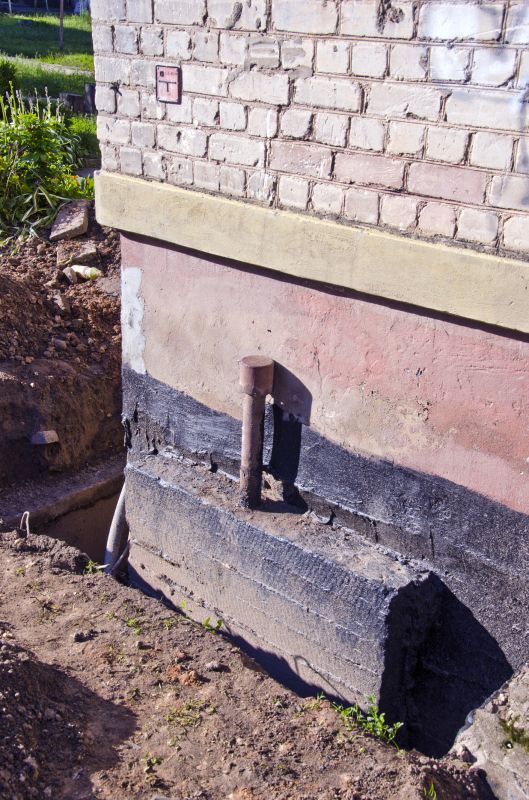
Optimal weather for foundation repairs during summer months.
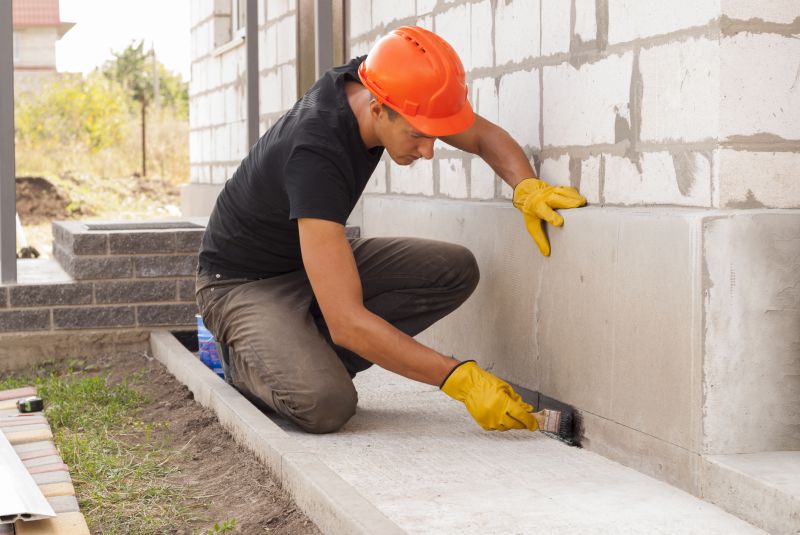
Ideal season for foundation work before winter sets in.

Ways to make Foundation Repairs work in tight or awkward layouts.

Popular materials for Foundation Repairs and why they hold up over time.
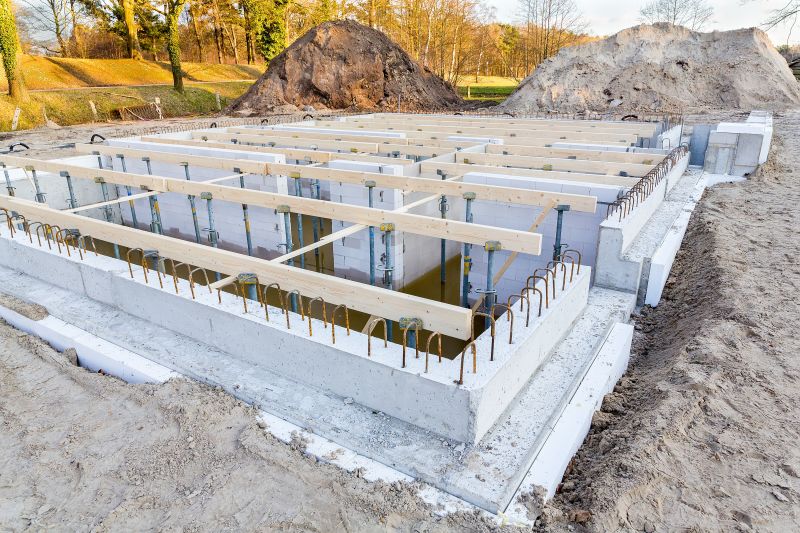
Simple add-ons that improve Foundation Repairs without blowing the budget.
| Season | Ideal Conditions |
|---|---|
| Spring | Moderate temperatures, soil moisture levels, and longer days |
| Summer | Stable weather, longer daylight hours, but high temperatures |
| Fall | Cooler temperatures, less rainfall, and dry soil |
| Winter | Freezing temperatures and frozen ground, not recommended |
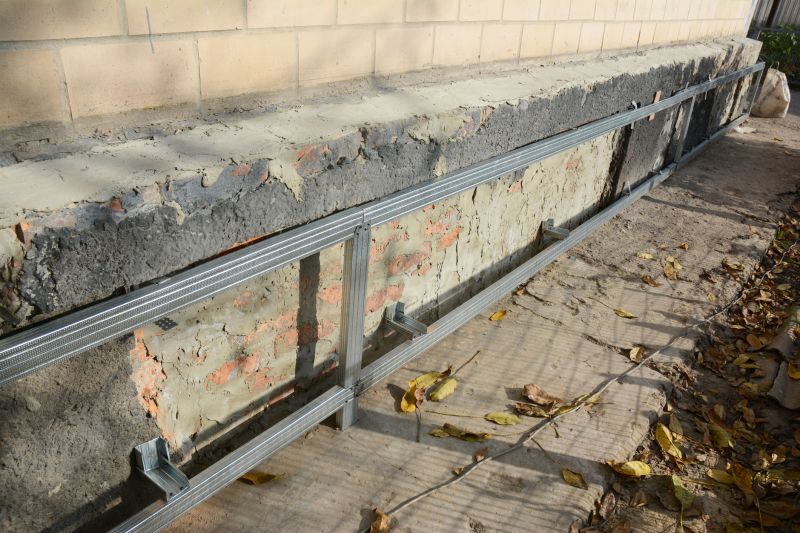
Visual overview of foundation stabilization techniques.
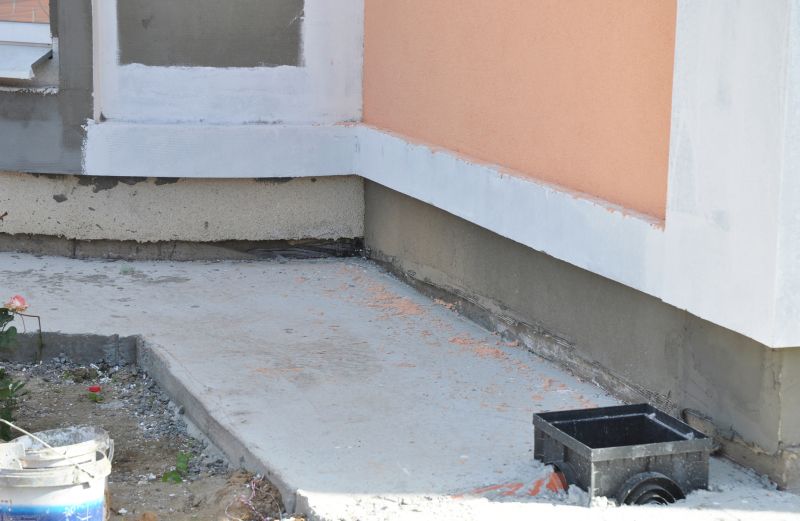
Visual comparison of repair outcomes.
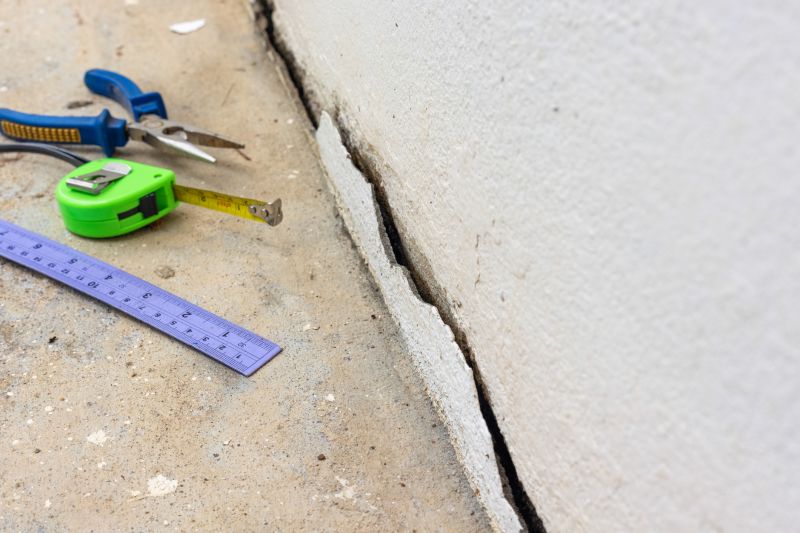
Common signs indicating the need for repairs.

Completed stabilization work.
Interested property owners in Dublin, OH, are encouraged to contact for further information or to schedule an assessment. Proper timing and professional intervention can ensure the durability and safety of a property's foundation.

